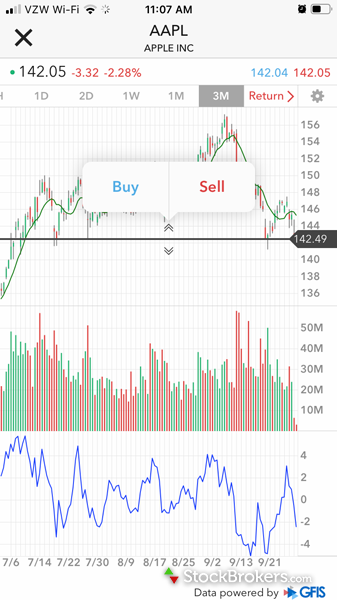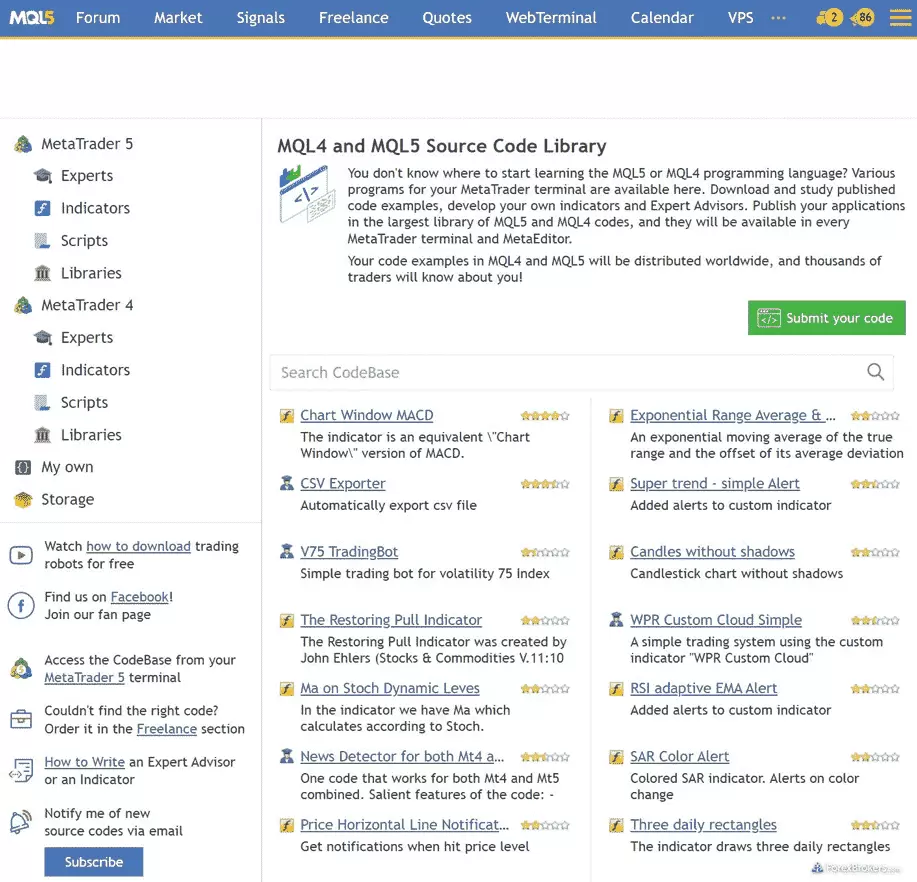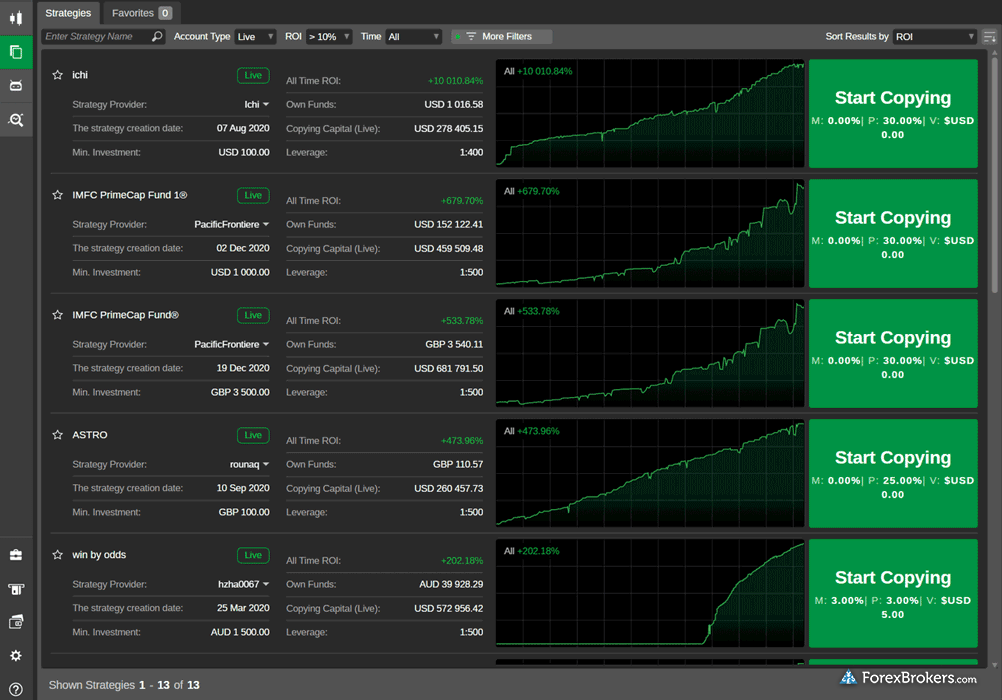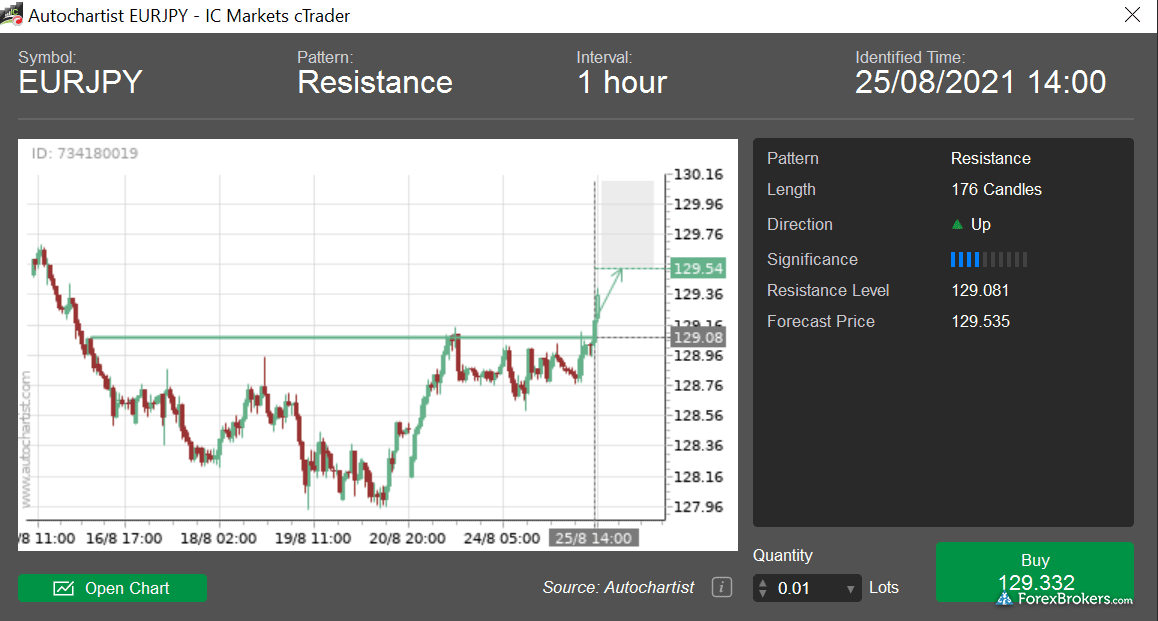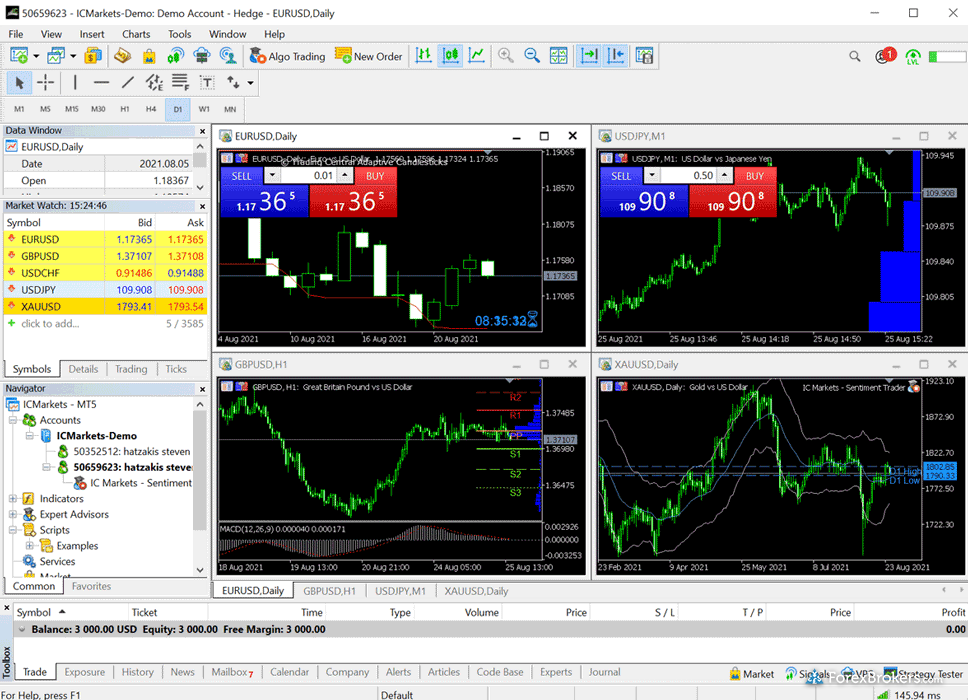Best High-Frequency Trading Software for 2025
Steven Hatzakis has been reviewing forex brokers for nearly ten years and has 25+ years of experience as a forex trader. His broker reviews are unbiased and independent, and his expertise is sought after for global FX conferences and speaking events around the world. Learn how we test.
High-frequency trading (HFT) systems are based on sophisticated algorithms that can execute trades with lightning speed. These advanced trading programs utilize cutting-edge technology and highly advanced computers in order to make trades in just fractions of a second, which allows them to rapidly take advantage of market movements and arbitrage opportunities.
In my guide to high-frequency trading, I explain how high-frequency trading works, whether it can be profitable, and how you can get started with high-frequency trading software. I also dive into some of the pros and cons that come with using automated trading strategies, and I’ll also help you pick the best broker for using a high-frequency trading system, drawing from my years of experience researching these strategies.
Top picks for high-frequency trading platforms
Our research team has evaluated more than 60 of the biggest brokers in the industry (read more about how we test). We tested and conducted research on the top forex brokers that offer algorithmic trading and API access to produce our list of the best platforms for high-frequency trading:
- Minimum Deposit: $200
- Trust Score: 84
- Tradeable Symbols (Total): 3583
IC Markets’ competitive pricing and scalable execution make it an excellent option for algorithmic traders. Though it supports an impressive range of third-party tools and plugins, IC Markets’ research and education offerings are not as impressive as those offered by industry leaders. Read full review
- Consistently excellent MetaTrader broker
- Great automated copy trading strategies
- Competitive pricing
- Research and education are limited
- Regulated primarily by one Tier-1 regulator (in Australia)
- Minimum Deposit: $0
- Trust Score: 95
- Tradeable Symbols (Total): 1726
Pepperstone offers a growing range of tradeable markets, good-quality research, and support for multiple social copy trading platforms. Read full review
- Large selection of third-party copy trading platforms
- Competitive pricing for active traders using Razor accounts
- Selection of markets trails industry leaders
- No interactive courses, progress tracking or educational quizzes
- Minimum Deposit: Starts from $50
- Trust Score: 95
- Tradeable Symbols (Total): 440
For traders who appreciate advanced trading tools and quality market research, FXCM is a winner, especially for algorithmic trading. Its range of tradeable markets is fairly narrow, however, and the pricing at FXCM is just average. Read full review
- Excellent platforms and tools
- High-quality market research
- Pricing is slightly higher than industry average
- Narrow range of tradeable markets
- Minimum Deposit: $100
- Trust Score: 86
- Tradeable Symbols (Total): 637
Tickmill is a run-of-the-mill MetaTrader broker that offers a limited selection of tradeable securities. The broker does offer very competitive commission-based pricing for professionals through its VIP and Pro accounts. Read full review
- Highly competitive pricing
- Above-average research and education offerings
- Small range of markets available for trading
- Minimum Deposit: $100 AUD
- Trust Score: 89
- Tradeable Symbols (Total): 10000
FP Markets shines as a low-cost broker for trading forex and CFDs – as long as you use the MetaTrader platform. The Iress platform suite offers well over 9,000 tradeable symbols, but it’s mostly a share trading platform – and is generally a much pricier option. Read full review
- Very competitive spreads
- Industry-leading pricing on MetaTrader
- Room for improvement in education
- Mobile trading app lacks features offered by industry leaders
- Minimum Deposit: $100
- Trust Score: 93
- Tradeable Symbols (Total): 2249
FxPro competes among the top MetaTrader brokers, featuring multiple account options and various execution methods. It provides its own proprietary FxPro Edge app – though it isn’t yet available for mobile – alongside access to the BnkPro app (which isn’t yet available in all regions). Read full review
- Robust platform offerings
- Clean execution of large orders
- Pricing trails industry leaders
- Proprietary platform can't compete with the best
- Minimum Deposit: $5
- Trust Score: 93
- Tradeable Symbols (Total): 1394
XM Group is a MetaTrader-only broker that offers a strong selection of high-quality educational content and market research. Read full review
- Copy trading via MetaTrader Signals Market
- Outstanding educational offerings
- Standard account spreads are expensive
- Cryptocurrency CFDs are not offered
CFDs are complex instruments and come with a high risk of losing money rapidly due to leverage. Between 51% and 89% of retail investor accounts lose money when trading CFDs. You should consider whether you understand how CFDs work and whether you can afford to take the high risk of losing your money.
ForexBrokers.com Overall Rankings
Now that you've seen our picks for the best brokers on this guide, check out ForexBrokers.com's overall broker rankings. We've evaluated over 60 forex brokers, using a testing methodology that's based on 100+ data-driven variables and thousands of data points. Also take a look at our full-length, in-depth forex broker reviews.
Popular Forex Trading Tools and Platform Guides
- Best MetaTrader 4 (MT4) Brokers for 2025
- Best MetaTrader 5 (MT5) Forex Brokers for 2025
- Best Forex Signal Providers for 2025
- Best Brokers for TradingView for 2025
- Best Trading Central Forex Brokers for 2025
- Best Forex Brokers with Trading APIs
Popular Forex Guides
- Best Copy Trading Platforms for 2025
- Best Forex Brokers for Beginners of 2025
- International Forex Brokers Search
- Best Forex Brokers for 2025
- Best Forex Trading Apps for 2025
- Best Low Spread Forex Brokers for 2025
- Compare
- Best Brokers for TradingView for 2025
- Best MetaTrader 4 (MT4) Brokers for 2025
More Forex Guides
Popular Forex Broker Reviews
Forex Risk Disclaimer
There is a very high degree of risk involved in trading securities. With respect to margin-based foreign exchange trading, off-exchange derivatives, and cryptocurrencies, there is considerable exposure to risk, including but not limited to, leverage, creditworthiness, limited regulatory protection and market volatility that may substantially affect the price, or liquidity of a currency or related instrument. It should not be assumed that the methods, techniques, or indicators presented in these products will be profitable, or that they will not result in losses. Read more on forex trading risks.

 IC Markets
IC Markets




 Pepperstone
Pepperstone




 FXCM
FXCM




 Tickmill
Tickmill
 FP Markets
FP Markets
 FxPro
FxPro
 XM Group
XM Group
